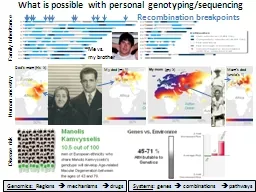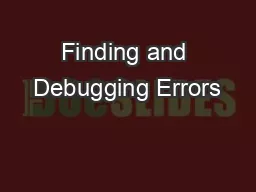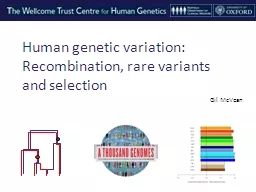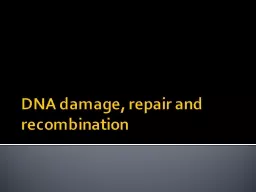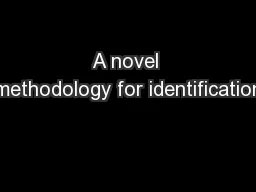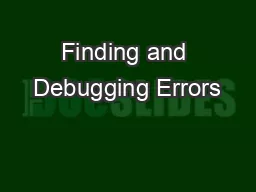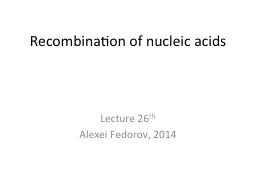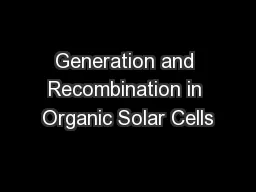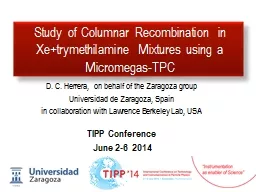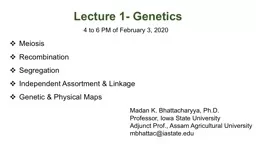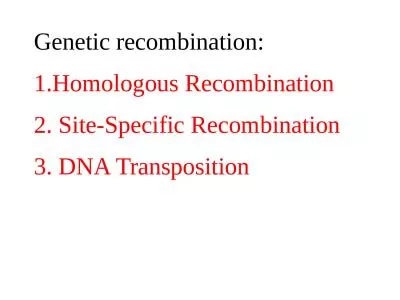PPT-Recombination breakpoints
Author : natalia-silvester | Published Date : 2016-10-13
Family Inheritance Me vs my brother My dad my Y Moms dad uncles Y Human ancestry Disease risk Genomics Regions mechanisms drugs Systems genes combinations
Presentation Embed Code
Download Presentation
Download Presentation The PPT/PDF document "Recombination breakpoints" is the property of its rightful owner. Permission is granted to download and print the materials on this website for personal, non-commercial use only, and to display it on your personal computer provided you do not modify the materials and that you retain all copyright notices contained in the materials. By downloading content from our website, you accept the terms of this agreement.
Recombination breakpoints: Transcript
Download Rules Of Document
"Recombination breakpoints"The content belongs to its owner. You may download and print it for personal use, without modification, and keep all copyright notices. By downloading, you agree to these terms.
Related Documents

